Quantitative Research Analysis: Uses in Healthcare and Review Report
VerifiedAdded on 2022/08/17
|8
|1635
|36
Report
AI Summary
This report provides a comprehensive overview of quantitative research in healthcare, emphasizing its crucial role in improving patient care and medical advancements. It outlines the key components of the research process, from problem identification to data analysis, and discusses the ethical challenges involved, such as informed consent and participant confidentiality. The report differentiates between qualitative and quantitative research methods and includes an in-depth analysis of a cross-sectional study published in the Canadian Journal of Public Health, which investigates the relationship between exclusive breastfeeding and childhood obesity. The analysis covers the study's purpose, design, methodology, results, and implications, highlighting the protective effect of exclusive breastfeeding on preventing childhood obesity. The report also acknowledges the limitations of the study and suggests areas for further research. The report concludes by emphasizing the significance of evidence-based practices in healthcare and the importance of research in informing healthcare decisions.
1 out of 8
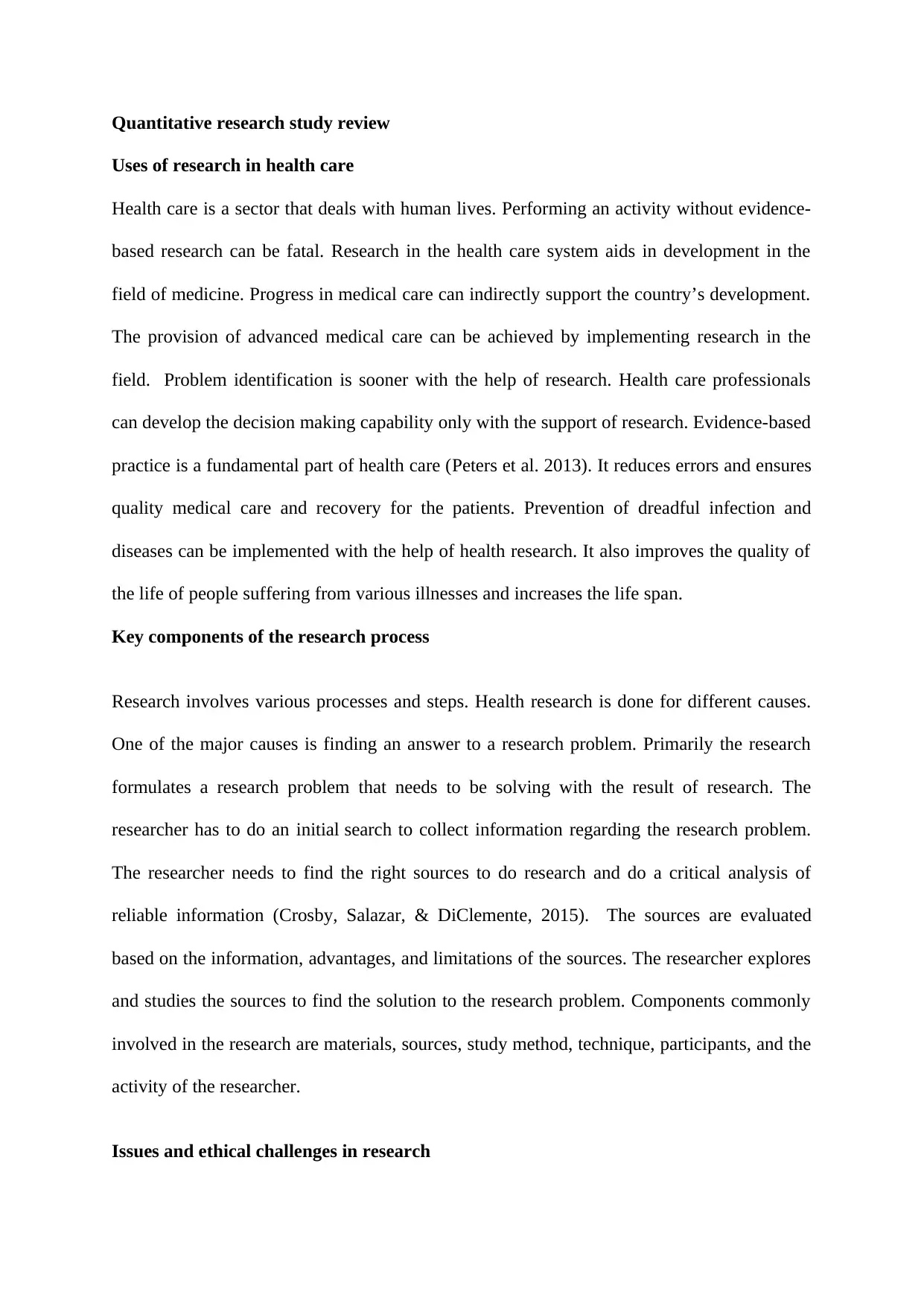
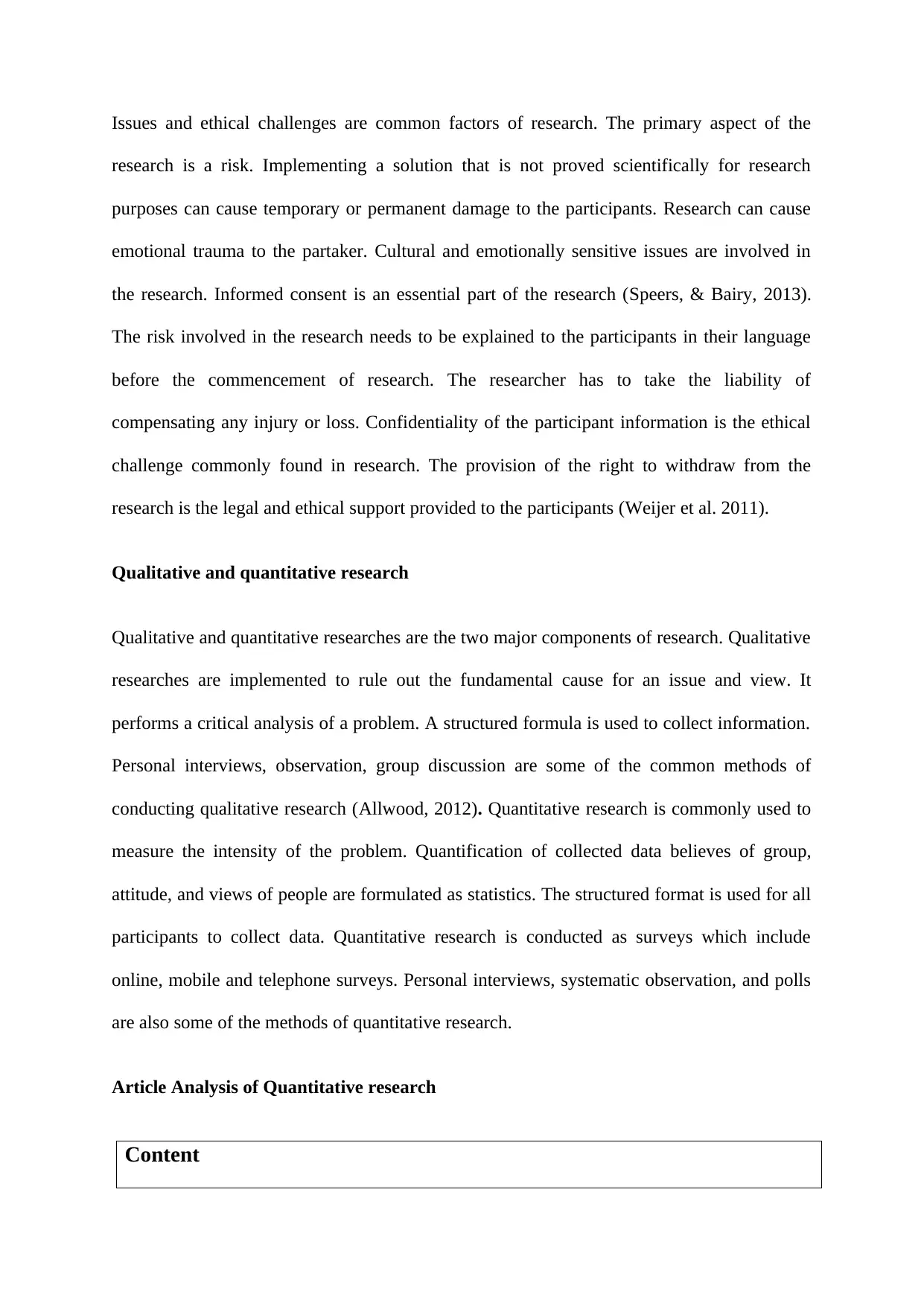
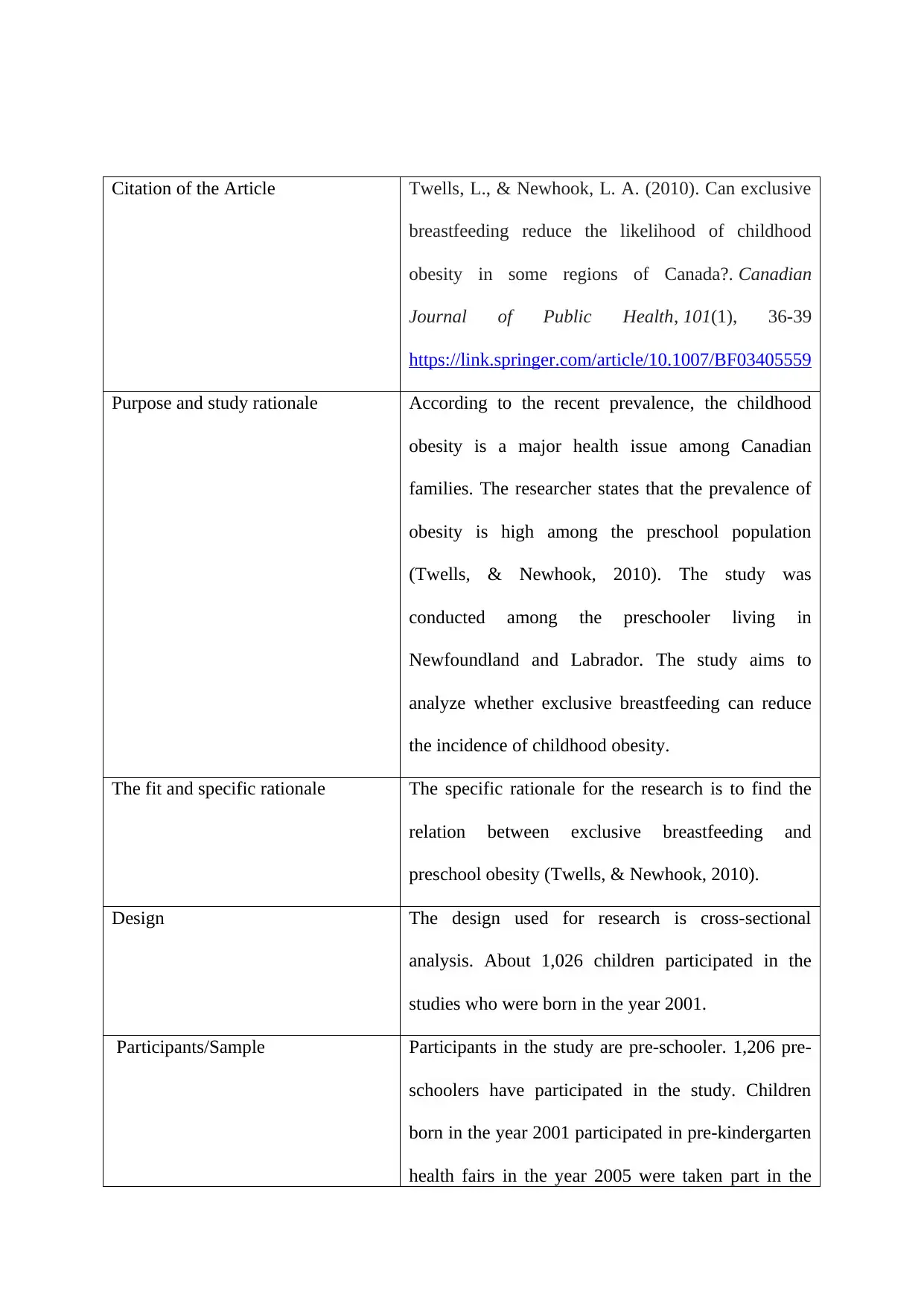
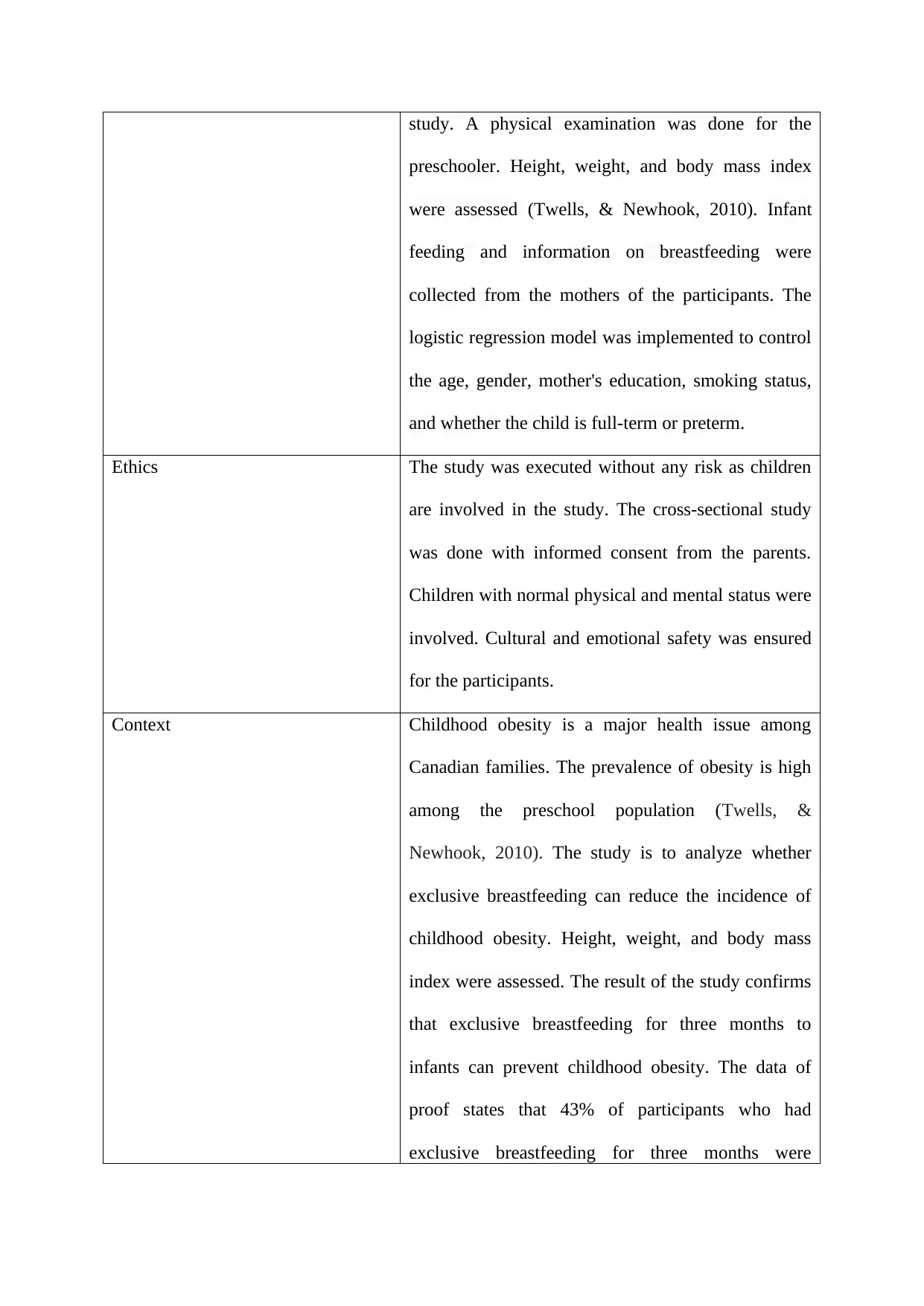
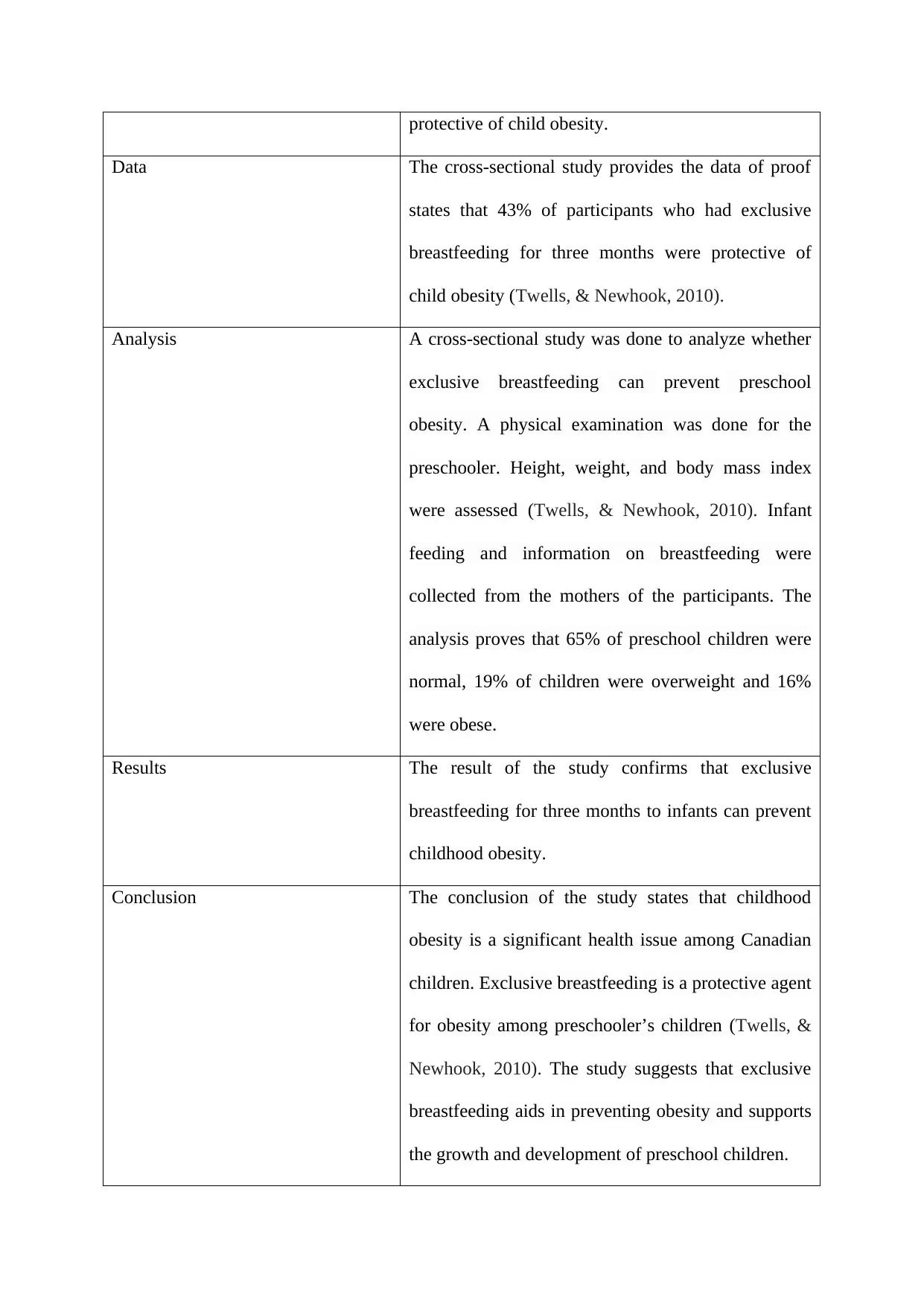
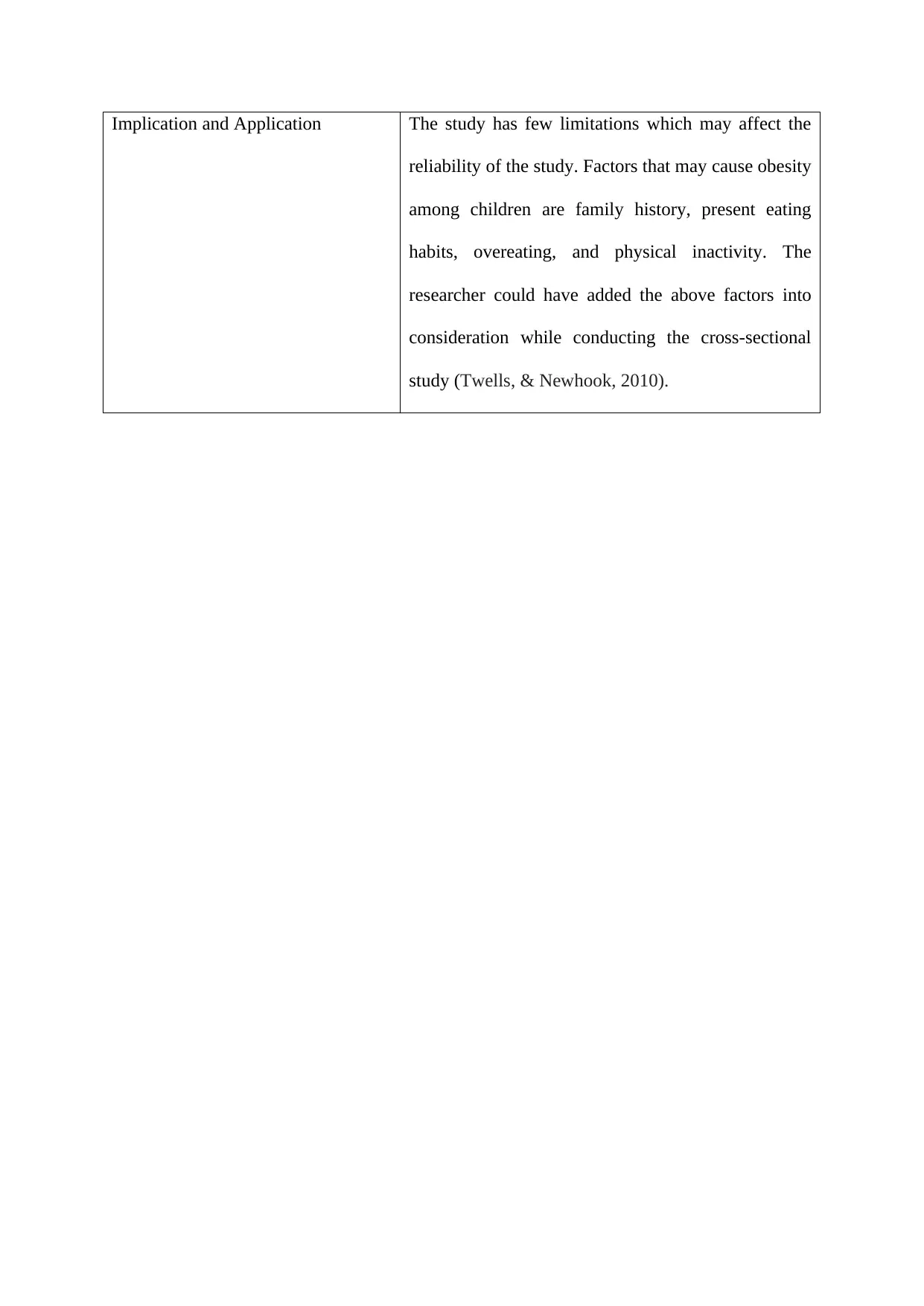
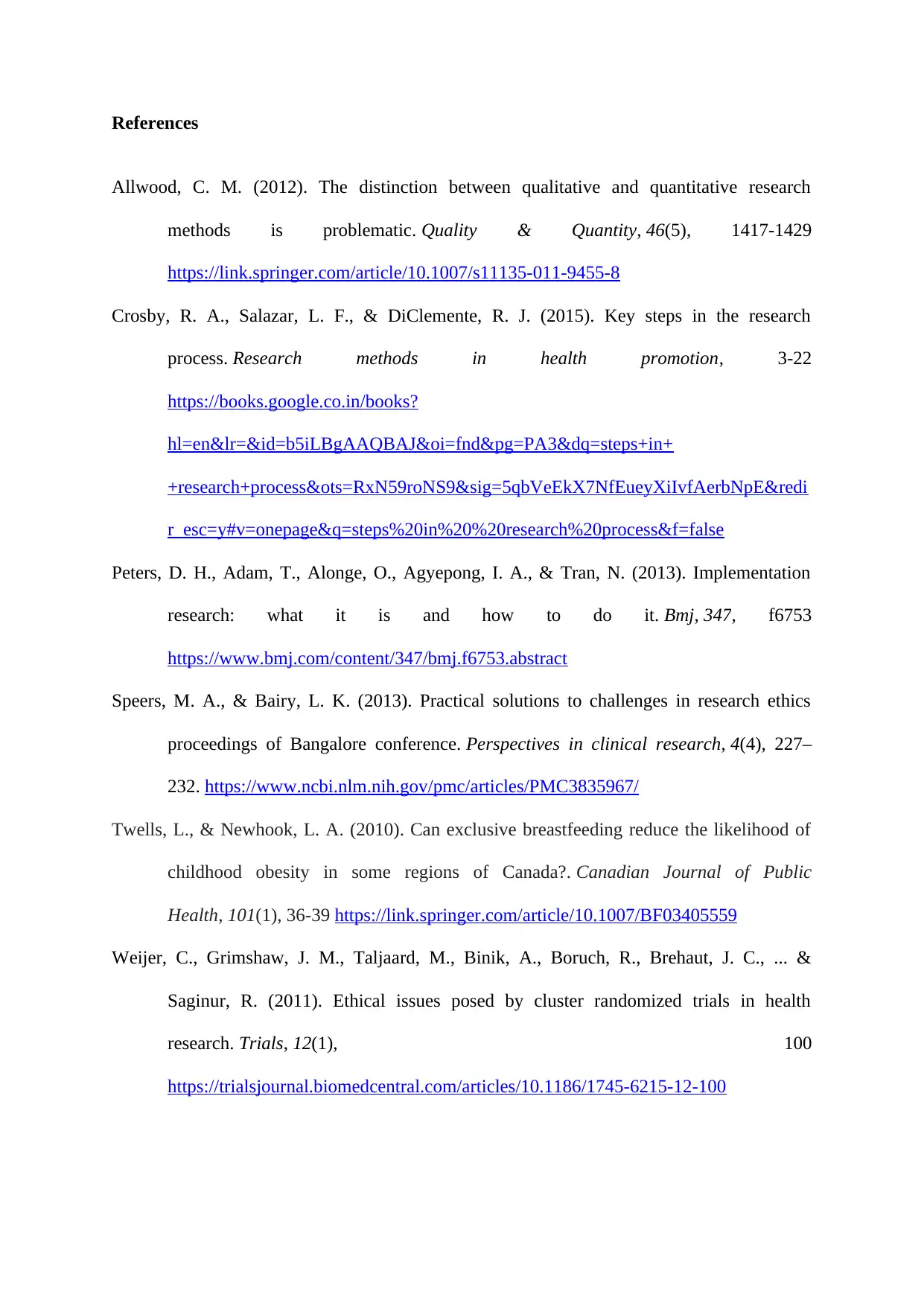







![[object Object]](/_next/static/media/star-bottom.7253800d.svg)